How to Use Prompt Engineering to Optimize Your Business Workflows
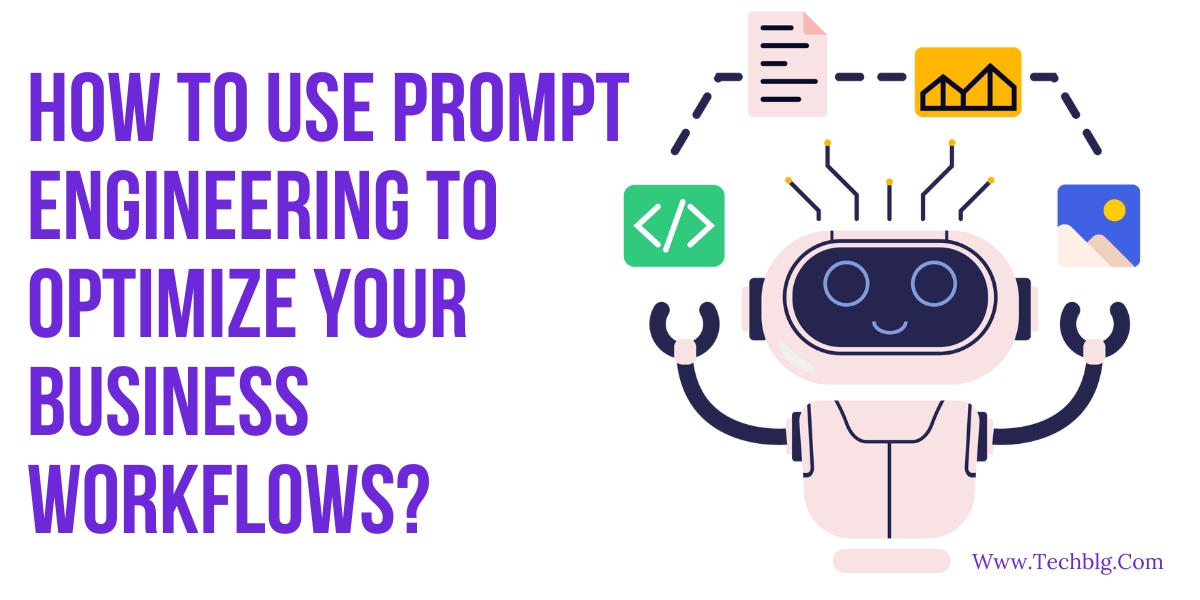
Introduction
How to Use Prompt Engineering to Optimize Your Business Workflows is essential for companies looking to streamline operations and enhance productivity with AI. In today’s fast-paced digital environment, prompt engineering has emerged as a powerful tool to automate repetitive tasks, improve decision-making, and refine content marketing strategies. By mastering this innovative approach, businesses can unlock the full potential of AI, ensuring smoother and more efficient workflows that keep them ahead of the competition. This article will dive into how prompt engineering can optimize your business operations and bring measurable results.
AI for business refers to the application of artificial intelligence technologies to streamline operations, improve decision-making, enhance customer experiences, and drive innovation across various sectors. Companies leverage AI for tasks such as data analysis, process automation, customer service, and personalized marketing. With AI, businesses can analyze large volumes of data, forecast trends, and optimize their workflows to remain competitive and efficient in an ever-evolving digital landscape.
Prompt engineering, a critical skill within AI, involves crafting precise instructions to guide AI models like Google Gemini to generate accurate and relevant responses. When applied to business workflows, prompt engineering can significantly improve productivity by automating repetitive tasks, enhancing decision-making processes, and refining communication strategies. For example, businesses can use prompt engineering to automate customer service interactions, generate marketing content, or analyze market trends in real-time. By training AI systems with optimized prompts, teams can ensure that these systems provide actionable insights and perform tasks that align with specific business goals. This reduces time spent on manual processes and allows businesses to focus on strategic activities, ultimately driving growth and efficiency.
So How to Use Prompt Engineering to Optimize Your Business Workflows ?
Table of Contents
1. What is Prompt Engineering?
2. The Role of AI in Business Optimization
3. How Prompt Engineering Works
4. Benefits of Prompt Engineering for Business Workflows
1. Automating Repetitive Tasks
2. Enhancing Content Marketing
3. Improving Decision-Making
5. Steps to Implement Prompt Engineering in Your Business
1. Identify Key Workflow Areas
2. Design Effective Prompts
3. Test and Refine the AI Model
6. Real-World Applications of Prompt Engineering in Business
1. Content Marketing
2. Customer Support
3. Data Analysis and Reporting
4. Human Resources (HR)
5. Sales Automation
6. Project Management
7. FAQs About Prompt Engineering in Business
8.Looking for a Prompt Engineering Expert for Your Business?
9. Conclusion
10. References
—
What is Prompt Engineering?
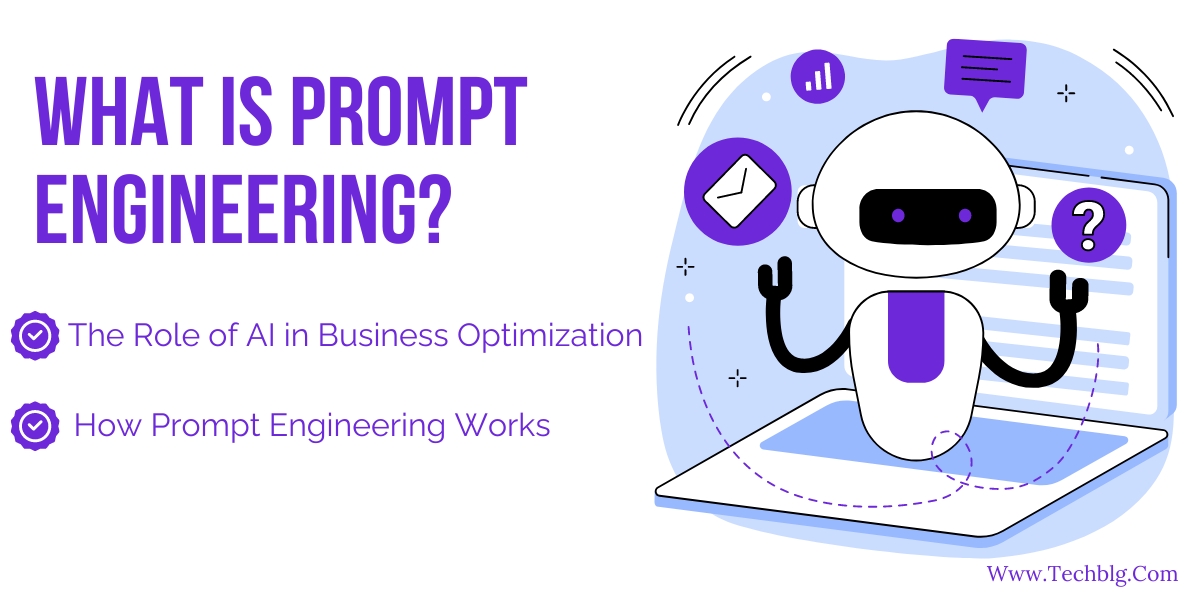
Prompt engineering is a process used in AI writing, where specific input prompts are designed to generate high-quality outputs from AI models. By providing detailed instructions, businesses can guide the AI to produce content that meets their specific needs, whether it’s for content marketing, data analysis, or customer support.
Unlike traditional automation tools, prompt engineering uses natural language prompts, making AI adaptable to various tasks, from simple text generation to complex decision-making processes.
The Role of AI in Business Optimization
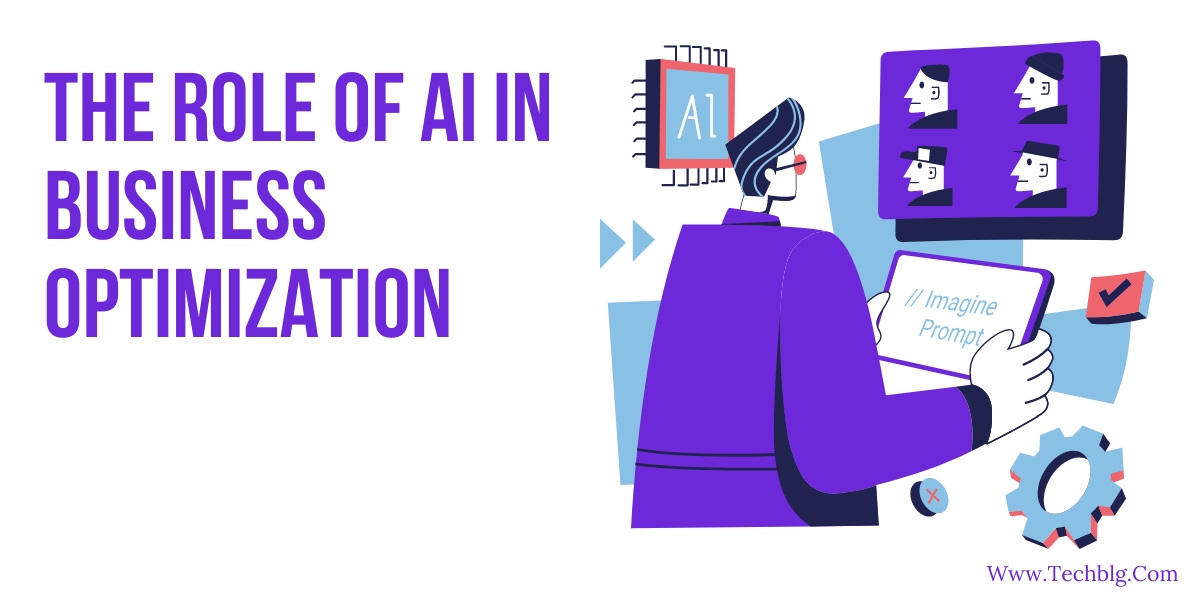
The role of AI in business optimization is becoming increasingly pivotal as companies seek to enhance efficiency and drive growth. AI technologies offer significant advantages by automating routine tasks, improving accuracy in decision-making, and providing valuable insights through data analysis. Businesses can leverage AI for various functions such as predictive analytics, customer service automation, and personalized marketing strategies. These capabilities not only streamline operations but also enable organizations to respond swiftly to market changes and customer needs. By integrating AI into their workflows, companies can achieve greater operational efficiency and gain a competitive edge in their industry.
To fully realize the benefits of AI, understanding how to use prompt engineering to optimize your business workflows is essential. Prompt engineering involves designing specific and effective prompts to guide AI models in generating relevant and accurate outputs. By tailoring these prompts, businesses can ensure that AI systems perform tasks in alignment with their specific goals and requirements. This optimization process can significantly improve the efficiency of AI-driven solutions, from automating customer interactions to generating data-driven insights. Properly engineered prompts lead to more precise and actionable results, thereby enhancing overall productivity and enabling businesses to make better-informed decisions.
How Prompt Engineering Works
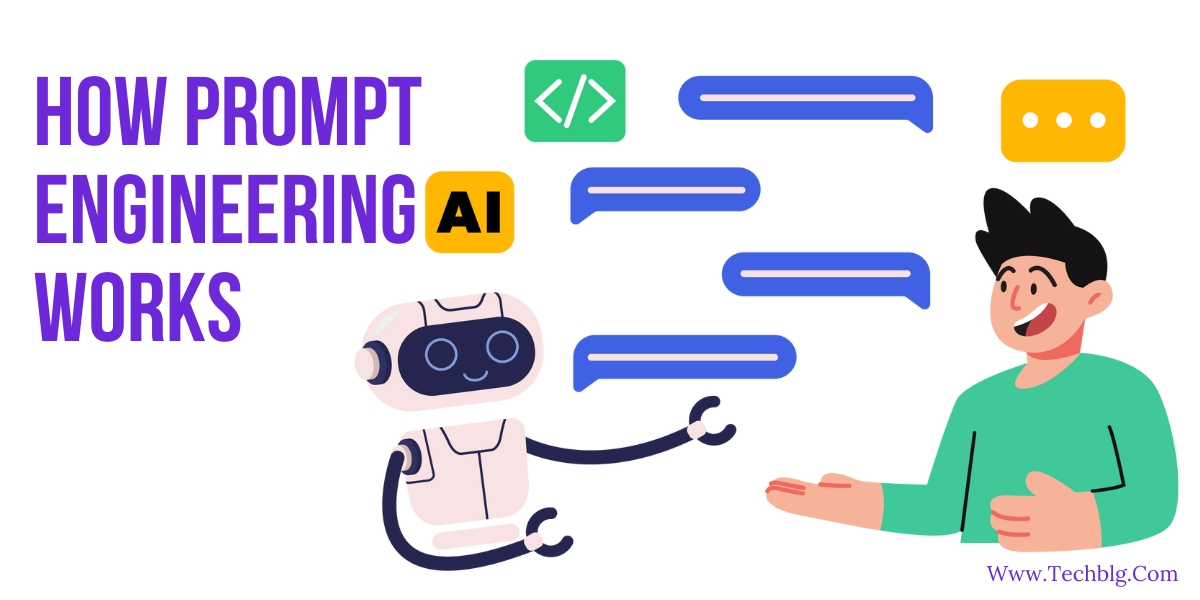
Prompt engineering is a key technique in artificial intelligence, especially when dealing with language models like Google Gemini. It involves creating specific, clear, and contextually relevant instructions or questions that help guide the AI to produce accurate and useful responses. Understanding prompt engineering enables businesses to make the most of AI tools, improving efficiency and productivity.
To optimize your business workflows using prompt engineering, start by clearly defining the tasks or outcomes you want to achieve. Create prompts tailored to these needs, providing enough context for the AI to generate relevant responses. For example, if you aim to automate customer service responses, design prompts that outline common customer queries and the preferred tone of the replies. This approach helps the AI deliver more accurate content, reducing manual work and boosting efficiency. By continuously refining and testing your prompts, you can ensure that AI systems align with your business goals, leading to more effective workflows.
At its essence, prompt engineering is about crafting precise instructions to guide AI in delivering useful and accurate results. The process involves giving the AI model a “prompt” that tells it what you want to achieve. The quality of the prompt directly impacts the outcome. For instance:
– Poor Prompt: “Write about marketing.”
– Good Prompt: “Write a 500-word blog post on how small businesses can leverage social media to enhance their content marketing efforts. Include examples and actionable tips.”
The more detailed the prompt, the more relevant and refined the AI’s output will be. This technique can be applied to various areas like content marketing, customer service, and operational processes within businesses.
Benefits of Prompt Engineering for Business Workflows
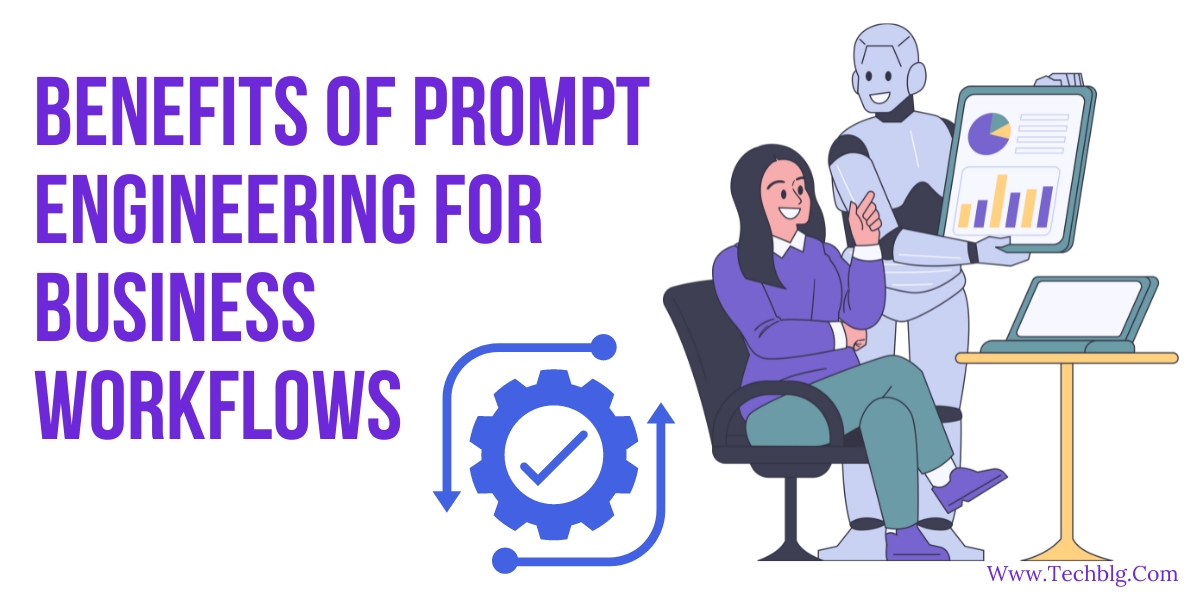
1. Automating Repetitive Tasks
AI writing tools, through effective prompt engineering, can automate repetitive tasks like email responses, report generation, and data entry. By using tailored prompts, businesses can save time and ensure consistency in their operations.
2. Enhancing Content Marketing
In the realm of content marketing, AI-driven prompts can generate high-quality blog posts, social media updates, and newsletters. With prompt engineering, businesses can ensure their AI tools create content aligned with their brand voice, tone, and messaging goals.
3. Improving Decision-Making
AI can analyze large data sets to identify patterns and trends. By optimizing the prompts used for data analysis, businesses can obtain more accurate insights, enabling better decision-making. This can be applied in financial forecasting, market research, and customer behavior analysis.
Steps to Implement Prompt Engineering in Your Business
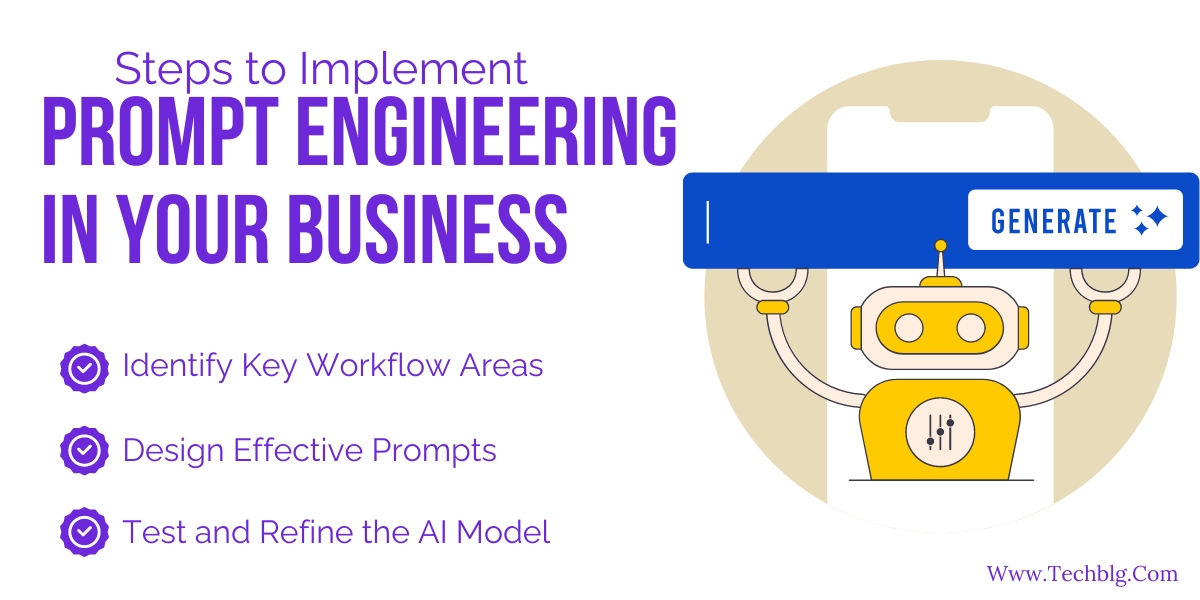
1. Identify Key Workflow Areas
The first step in using prompt engineering is to identify areas of your business that would benefit from AI optimization. These areas could include content marketing, customer support, data analysis, or project management.
2. Design Effective Prompts
Crafting the right prompts is essential for success. Ensure your prompts are clear, detailed, and aligned with the desired outcome. For example, if you’re using AI to generate product descriptions, your prompt should include product features, target audience, and tone preferences.
3. Test and Refine the AI Model
Once you’ve designed your prompts, test the AI to see how well it delivers the desired outcomes. Tweak the prompts as needed to refine the AI’s responses, ensuring they meet your quality standards and business goals.
Real-World Applications of Prompt Engineering in Business
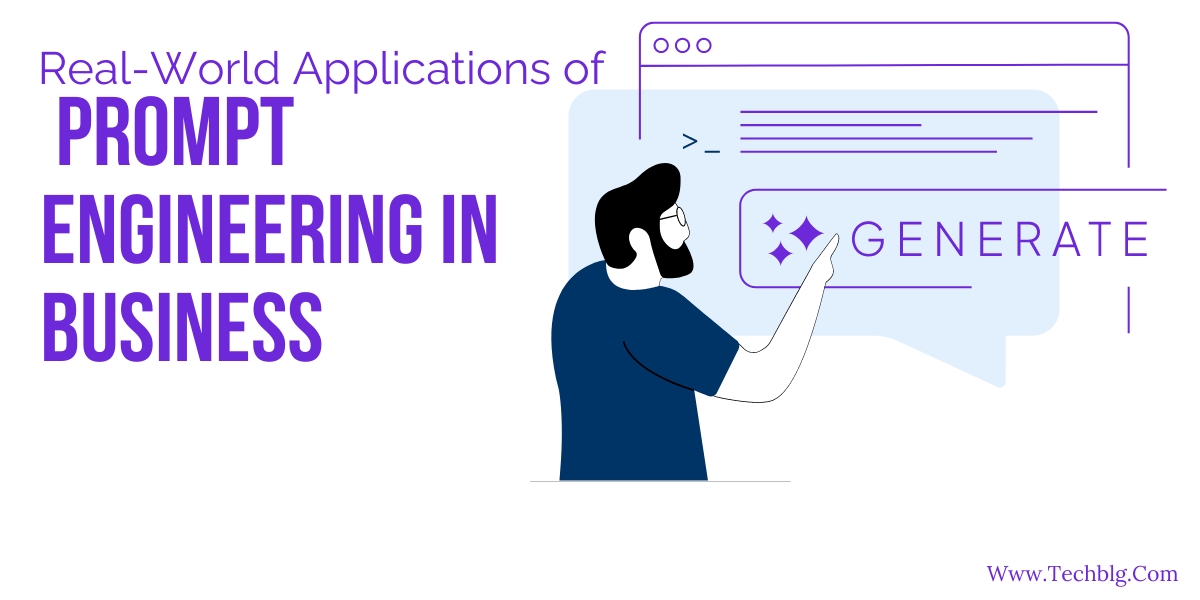
1. Content Marketing
One of the most powerful uses of prompt engineering is in content marketing. Creating high-quality, relevant content is essential for businesses to engage with their target audience. AI writing tools, when guided by well-crafted prompts, can generate blog posts, newsletters, product descriptions, and social media updates quickly and efficiently. For example, prompts can specify the tone, structure, keywords, and main points, resulting in content that aligns with your brand’s message and objectives.
Businesses can also use AI to perform tasks like A/B testing for email campaigns, producing multiple content variations that maximize engagement. This not only saves time but also helps marketers tailor their strategies to meet evolving consumer preferences.
2. Customer Support
Another critical area where prompt engineering is making waves is customer support. AI-powered chatbots, guided by detailed prompts, can handle a wide variety of customer inquiries such as FAQs, product troubleshooting, and order tracking. With effective prompts, these chatbots can provide quick, accurate responses, improve response times, and ensure customers get the help they need—without human intervention.
This allows companies to offer 24/7 customer service, reducing pressure on human agents and enabling them to focus on more complex issues. As AI chatbots evolve, the role of prompt engineering becomes even more critical in ensuring the interaction feels natural, empathetic, and customer-centric.
3. Data Analysis and Reporting
Data is a vital resource for businesses today, and prompt engineering can significantly enhance how data is analyzed and reported. AI tools can be instructed to analyze sales performance, market trends, customer behavior, and much more through precise prompts. For example, a prompt can ask an AI model to “generate a monthly report analyzing sales trends across different regions, highlighting top-selling products and providing insights into customer demographics.”
By using prompt engineering, businesses can generate insightful reports in seconds, enabling faster decision-making and identifying opportunities or risks that might have been overlooked through manual data analysis.
4. Human Resources (HR)
In the realm of human resources, prompt engineering can streamline recruitment, employee management, and performance evaluations. AI tools can be used to generate job descriptions, automate interview scheduling, and even screen resumes based on pre-defined criteria. For instance, an AI-powered hiring assistant might be prompted to “review resumes for candidates with at least five years of experience in software development and strong problem-solving skills.”
Additionally, HR departments can use prompt-based AI for employee training programs, generating materials or quizzes that align with company policies or industry regulations.
5. Sales Automation
Prompt engineering is also highly effective in sales automation. AI can be guided to create personalized sales emails, follow-up reminders, and customer recommendations based on past interactions. For example, a well-crafted prompt might instruct an AI tool to “generate a personalized email offering a 10% discount on products a customer has shown interest in over the past month.”
By automating these processes, businesses can nurture leads more efficiently, reduce the risk of human error, and increase conversion rates. Sales teams can then focus on higher-level tasks, such as strategy and relationship-building.
6. Project Management
Managing multiple projects simultaneously can be overwhelming, but prompt engineering can help organize and automate routine project management tasks. AI tools can be prompted to track project milestones, assign tasks, and even generate reports on progress and deadlines. For instance, “generate a project status update for Task A, including completed steps, upcoming milestones, and any risks or blockers” could be an effective prompt for keeping teams informed and on track.
This level of automation ensures that project managers spend less time on administrative tasks and more time on strategic planning, improving overall project outcomes.
FAQs About Prompt Engineering in Business
Q: How does prompt engineering differ from traditional AI models?
A: Prompt engineering focuses on creating specific instructions for AI to follow, ensuring more accurate and relevant results compared to generalized AI models.
Q: Can prompt engineering be used for both small and large businesses?
A: Yes, prompt engineering is scalable and can be adapted for businesses of any size, from small startups to large corporations.
Q: How do I know if my prompt is effective?
A: The effectiveness of your prompt can be measured by the relevance and accuracy of the AI’s output. Refine the prompt if the results are too vague or off-target.
Q: Can prompt engineering be integrated into existing business tools?
A: Yes, many AI platforms with prompt engineering capabilities can be integrated with CRM systems, project management software, and marketing tools to optimize workflows also with ERP for small business.
Looking for a Prompt Engineering Expert for Your Business?
That’s a solid hook! It’s clear and directly addresses the reader’s need. You could also tweak it slightly for extra impact: “Looking for a Prompt Engineering Expert for Your Business?”
Unlock the full potential of prompt engineering without breaking the bank by exploring Fiverr to how to Find the Right Fiverr Expert ! This platform offers a vast array of skilled experts who specialize in crafting precise and effective prompts for AI models. Whether you’re looking to optimize your business workflows, enhance content creation, or improve customer service automation, you can find top-notch professionals at competitive rates. With Fiverr’s budget-friendly options, you can easily connect with experienced prompt engineers who can help you achieve your goals while staying within your budget. Don’t miss out on this opportunity to elevate your AI strategies affordably and efficiently! if you need more about How to Find the Right Fiverr Expert
Get the best recommend services
Conclusion : How to Use Prompt Engineering to Optimize Your Business Workflows
Prompt engineering is a powerful tool that can significantly enhance business workflows, from automating repetitive tasks to creating effective content marketing strategies. By mastering the art of crafting detailed and effective prompts, businesses can maximize the potential of AI writing, streamline their operations, and improve decision-making processes. As AI continues to evolve, prompt engineering will play an increasingly crucial role in helping businesses stay competitive and efficient.
—
References
1. Smith, J. (2022).
2. Patel. Retrieved from contentmarketinginstitute.com
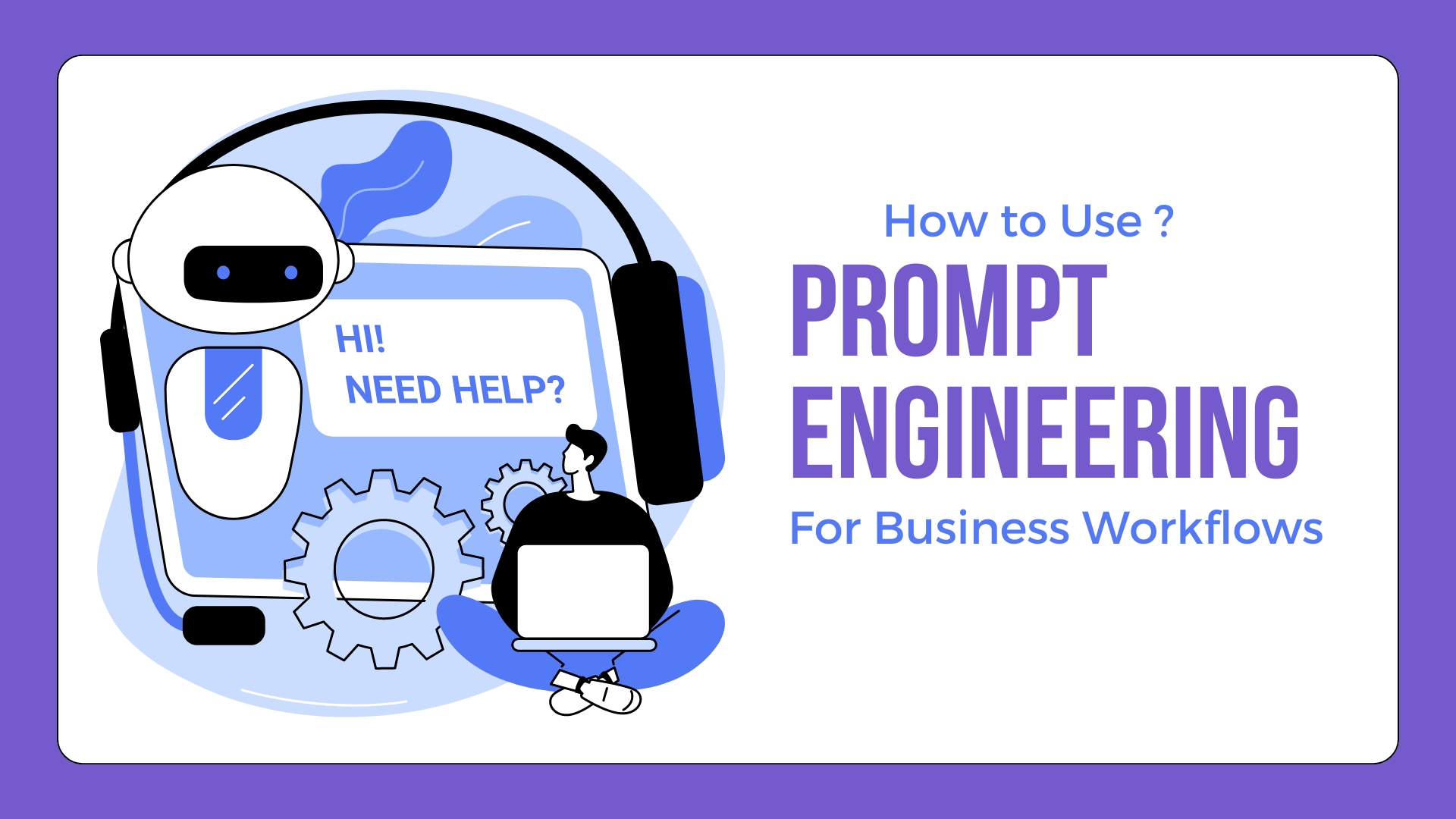
Hi there to all, for the reason that I am genuinely keen of reading this website’s post to be updated on a regular basis. It carries pleasant stuff.